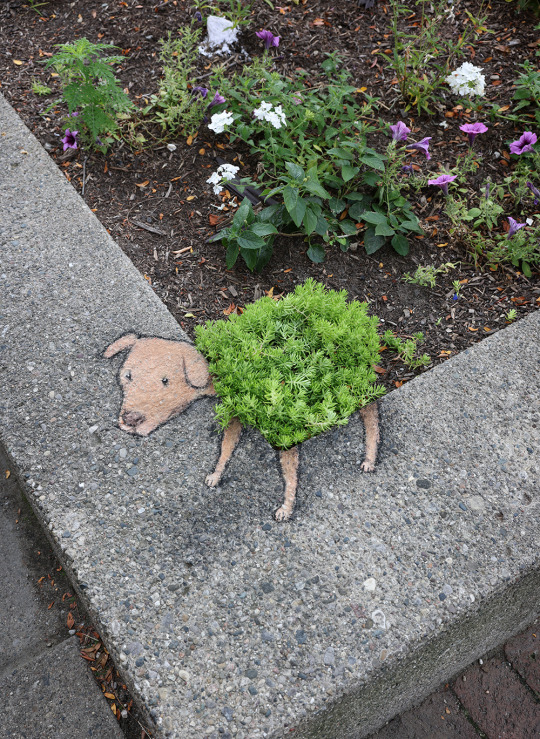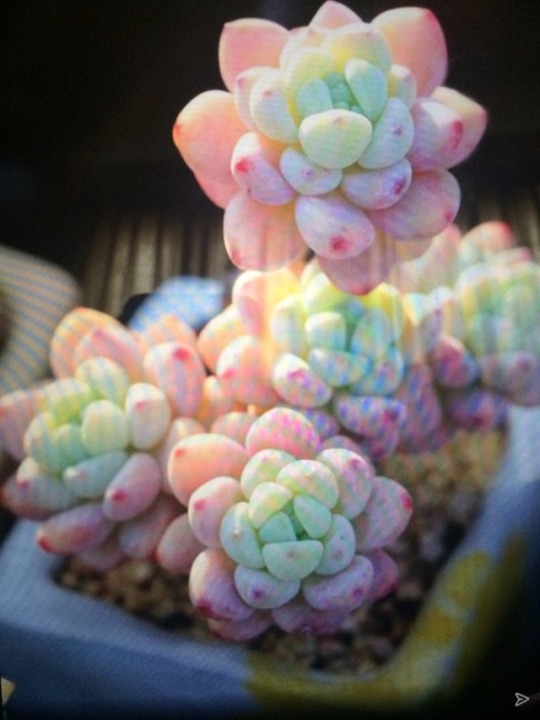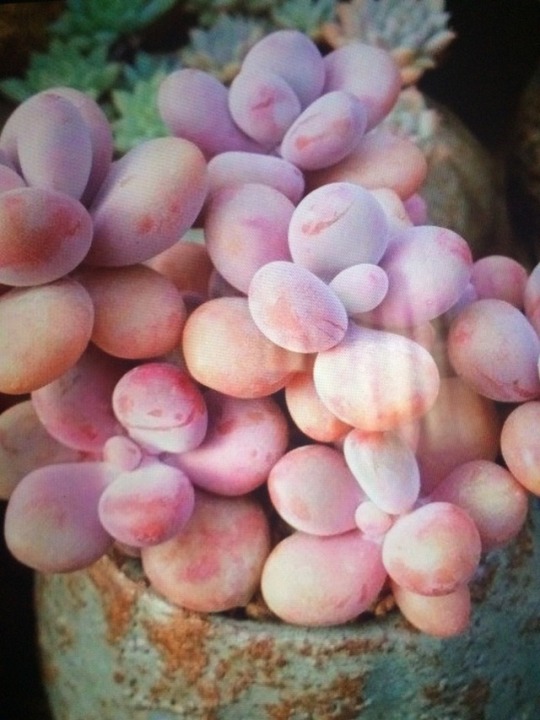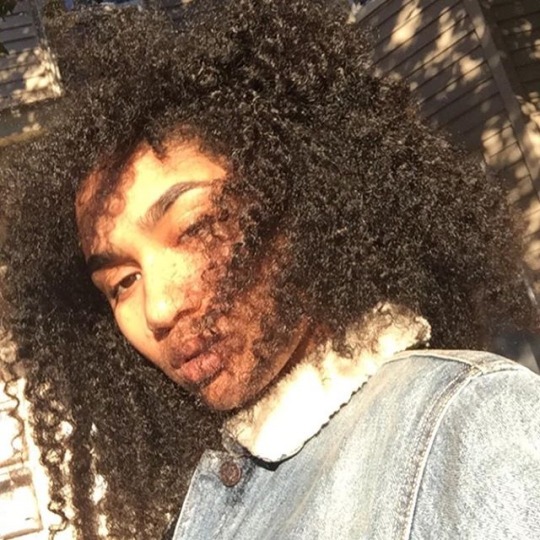#I calls em like I sedum
Explore tagged Tumblr posts
Text

At the first hint of autumn, Wendell jumps into his fuzziest sweater.
#street art#sidewalk chalk#augmented pareidolia#dog#jumper#pullover#cold weather#autumn cozy#I calls em like I sedum
3K notes
·
View notes
Text
So...re: built in plasticity...YES (sometimes). Ok ok ok so this was years ago, apologies for lack of details. 1) bacteria sharing plasmids, swapping em back and forth, basically trading evolutionary possibilty like cards. 2) I can't remember if they're bacteria or mold or leetle animals or what but there's this organism that has 3 sexes and iirc all 3 needed to come together for sexual reproduction to occur which is just weird and wild and I love it.
Oh! 3) can't forget plants, which just multiply their genomes like crazy--there's a ton of just tetraploid plants, they just have 4 copies of every chromosome, that's how they are, but there's a sedum with 80 COPIES ( https://academic.oup.com/biolinnean/article/82/4/411/2643061 ) and 2n/4n/6n/8n are all common AND there's plants that just...cross pollinate across wildly divergent species and sometimes the babies are fine??? Like limes n lemons n grapefruit n whatnot are trihybrids of the amcestral citron, pomelo, and mandarin orange, which is at least an inter-genus tendency to hybridization. There's even cross-genus (intra-family) hybrids! And they're only *usually* infertile! ( https://www.thespruce.com/what-is-intergeneric-hybrid-3269459 ) Really calls into question what a plant "species" is if they are interbreedable!
invasive species are interesting to me actually because the more I learn about them the more I'm realizing that ultimately, the goal with getting rid of invasive species is to mitigate their damaging effects to stop them from causing extinctions during existing strain on ecosystems
(in contrast to fully eliminating them because that's not happening)
What's the long-term goal? Hard to say. I think the only way is for them to learn to behave and be a part of the ecosystem. Which happens too slowly for us to see it now, but I think it likely will happen. Controlling them right now is important, but the aim isn't exactly to eventually perfectly restore a previous state of existence
It's...really interesting to see how very recent ecological changes have resulted in organisms slotting themselves into new niches and re-arranging how they do things. The Amur honeysuckle, bane of my existence, behaves differently in eastern US forests than it does in its native range—lots of honeysuckles in the US become more like trees rather than bushes, up to 25 or 30 feet tall. Why? Why is their behavior so different?
Anyway, I was thinking yesterday about how the ash trees that were devastated by the emerald ash borer are still everywhere. They just don't get more than 10-15 years old before the ash borer gets them.
But right now, these small ash trees are functioning as shrubs and bushes. The ones I've been noticing have an oddly "shrubby" growth habit, with lots of twigs and stems in a thicket close to the ground. There's one in my back yard and it's like...a bush. And as far as I know, these trees could continue to exist and reproduce like this indefinitely.
If we don't control the ash borer, does that mean the ash trees die out, or does it mean they change into something else? Are they already changing into something else??????
2K notes
·
View notes
Text

These are called "living stones" aka Lithops , Tumblr messing up ,

This is so pretty 😍it's called Sedum Clavatum, muah muah muah 😘😘😘😘🖤🖤🖤🖤, tumblr messing up , wraps my arms around you 😘😘😘😘😘🤗🤗🤗,

This is interesting , looks like it's filled with water 😯it looks like watermelon lol this is called Haworthia Cooperi , Tumblr messing up ,

Sedum Treleasei , its related to the other pink one , you like any of em baby? I feel like we should have some colorful ones in our terrarium 😍😍😍,



Swoonssssss 😍😍😍😍😍👅💦💦🐱💦💦💦💦
0 notes